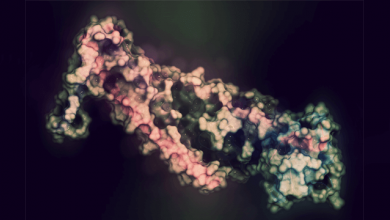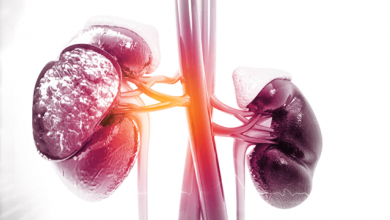Search results
Omega-6 Polyunsaturated Fatty Acid Levels and Delirium in Patients With Acute Cardiovascular Disease
Author(s):
Yurina Sugita
,
Tetsuro Miyazaki
,
Kazunori Shimada
,
et al
Added:
3 years ago
Article
Neuroendocrine System Regulatory Mechanisms: Acute Coronary Syndrome and Stress Hyperglycaemia
Author(s):
Ricardo A Perez de la Hoz
,
Sandra Patricia Swieszkowski
,
Federico Matias Cintora
,
et al
Added:
3 years ago
Article
Author(s):
Natalie Arnold
,
Katharina Lechner
,
Christoph Waldeyer
,
et al
Added:
2 years ago
Author(s):
Heather Currie
,
Christine Williams
Added:
3 years ago
Cardiovascular disease (CVD) is the leading cause of death in both men and women, yet the extent of the problem in women is frequently underestimated and, compared with men, women are less likely to be offered interventions, are less likely to be represented in clinical trials and have a worse prognosis. This article aims to examine the extent of the problem of CVD in women, summarise the…
View more
Author(s):
Debasish Banerjee
,
Charlotte Perrett
,
Anita Banerjee
Added:
3 years ago
The development of increasingly sensitive and specific serum cardiac biomarkers has led a revolution in the diagnosis and management of acute coronary syndrome (ACS). However, although the troponins now in use are considered highly sensitive cardiac biomarkers in the general population, the interpretation of troponins in patients with acute kidney injury (AKI), chronic kidney disease (CKD) and…
View more
Author(s):
Claudia Agabiti-Rosei
,
Anna Paini
,
Massimo Salvetti
Added:
3 years ago
Uric acid (UA) represents the final product of purine metabolism, in humans mainly regulated by the xanthine-oxidoreductase enzyme, which converts hyoxantine to xanthine and xanthine to UA. Dietary factors may influence serum UA (SUA), increasing its levels (meat, seafood, fructose, alcohol and sodium) or decreasing them (coffee and ascorbic acid). In addition, high cellular turnover conditions,…
View more
CVD in CKD: An Introduction
Author(s):
Hilary Warrens
,
Debasish Banerjee
,
Charles A Herzog
Added:
1 year ago
Article
Author(s):
Richard Hobbs
,
Terry McCormack
,
Claudio Cricelli
,
et al
Added:
3 years ago
The interplay between risk factors, the variable influence of any one risk factor and the tendency for risk factors to cluster make the determination of cardiovascular disease (CVD) risk in apparently healthy individuals more complex1 than assessing any single risk factor in isolation. For example, age factors heavily in a patient’s CVD risk; however, a younger patient with multiple factors may…
View more
Author(s):
Jean-Claude Tardif
Added:
3 years ago
Dr Jean-Claude Tardif (Montreal Heart Institute, Montreal, CA) discusses the effects of Apolipoprotein C-III (ApoC-III) reduction in cardiovascular (CV) disease. The administration of APOCIII-LRX in patients with hypertriglyceridemia and high CV risk was associated with inhibition of ApoC-III and lower levels of triglycerides.
Questions:
1. What is the background of this study?
2. What was the…
View more
Author(s):
Tracey Keteepe-Arachi
,
Sanjay Sharma
Added:
3 years ago
Globally, cardiovascular disease (CVD) remains the leading cause of mortality in women. Approximately 2.8 million women have been diagnosed with CVD in the UK.1 For many years, the presence of gender-related differences in presentation, risk factors and outcomes have been recognised. Importantly, these discrepancies in presentation and outcomes between the sexes are often associated with…
View more













